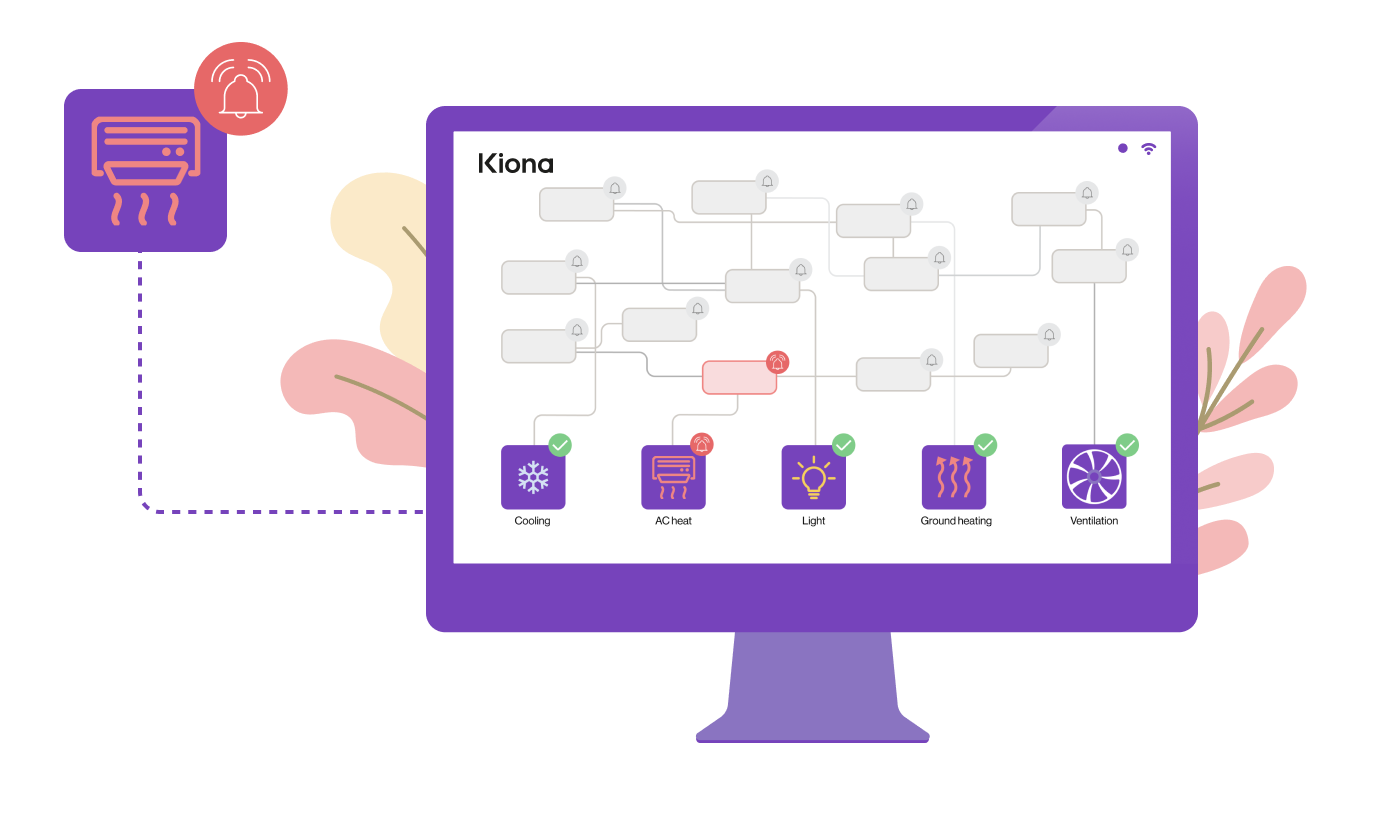Modernizing old buildings can be a challenging task, especially when it comes to incorporating new technologies. Buildings constructed decades ago were simply not designed to accommodate the needs of today's world. But with new energy-saving requirements, smart technologies, and climate control demands – you have to keep up.
Luckily, with the power of new building automation solutions, it's possible to turn any old building into a modern and efficient one without losing its historical charm.
Automation systems – the way to go
Building automation solutions offer a proactive approach to modernization that ensures buildings are always running efficiently and sustainably.
But what are they exactly? These systems use sensors, controls, and software to monitor and manage a building's energy usage, temperature, lighting, and more. They're like the brains of the building that make sure everything is running smoothly.
What is...?
They can also detect and diagnose problems before they become major issues, allowing building managers to take action before it's too late.
Reactive vs. proactive: what's the difference?
There are two types of buildings out there – reactive and proactive. Reactive buildings (or reactive automation systems) only respond to problems when they occur. For example, the building manager must call a maintenance crew to fix the issue if the air conditioning fails. This approach can lead to higher maintenance costs and longer downtime, as problems are not detected until they have already occurred.
Proactive buildings, on the other hand, utilize automation solutions that anticipate and prevent problems before they occur. By choosing a solution with some sort of prediction functionality, you can compensate for some of the shortcomings of old technical components.

Imagine having a lookout guard always on duty to keep your building running smoothly. These systems monitor the building 24/7 and alert managers to potential issues in advance, allowing for quick action and preventing costly downtime.
Moreover, the systems adjust lighting, heating, and cooling based on factors like occupancy, time of day, and predicted weather. This improves energy efficiency and saves money in the long run.
- Interested in finding the right solution for you? See a comparison of all our products.
Get started
Modernizing an old building and integrating new technologies requires a step-by-step approach. Here are some of them:
-
Do an energy audit to see where you can optimize energy usage.
This typically involves a thorough examination of the building's energy usage patterns, systems, and equipment. The goal is to identify areas of inefficiency and potential for saving.
By gathering data, performing a walk–through inspection of the physical equipment, testing the performance of the system(s), and planning for actual needs – you get a much clearer image of where you should begin. -
Determine which solutions are best suited for your building's needs.
If you want to cut down on your building's operational costs, it's worth examining your core systems, such as ventilation, heating, or larger cooling systems. To better monitor and control these systems, you could use a SCADA platform, which offers more advanced features.
However, if you're looking for a simpler solution, IoT integration could be a better fit, as it's lightweight and easy to use while still providing useful data for optimization. -
Install the necessary sensors, controls, and software solutions.
Choosing a service provider with expanded knowledge gives you efficient setups and less risk. When someone contacts us to install a technical system, we always recommend using a certified partner – they are simply the best at it.
-
Follow-up, follow-up, and follow-up
Make it a habit to regularly view the data provided. Also, it's not like the system does it all once installed.
Scheduling maintenance, carrying out equipment inspections, and continuing to train and educate yourself on the system is a never-ending game. And one that you should not skip – if you are to continue keeping up with the technology you've now invested in.
Ready to make your building smart?